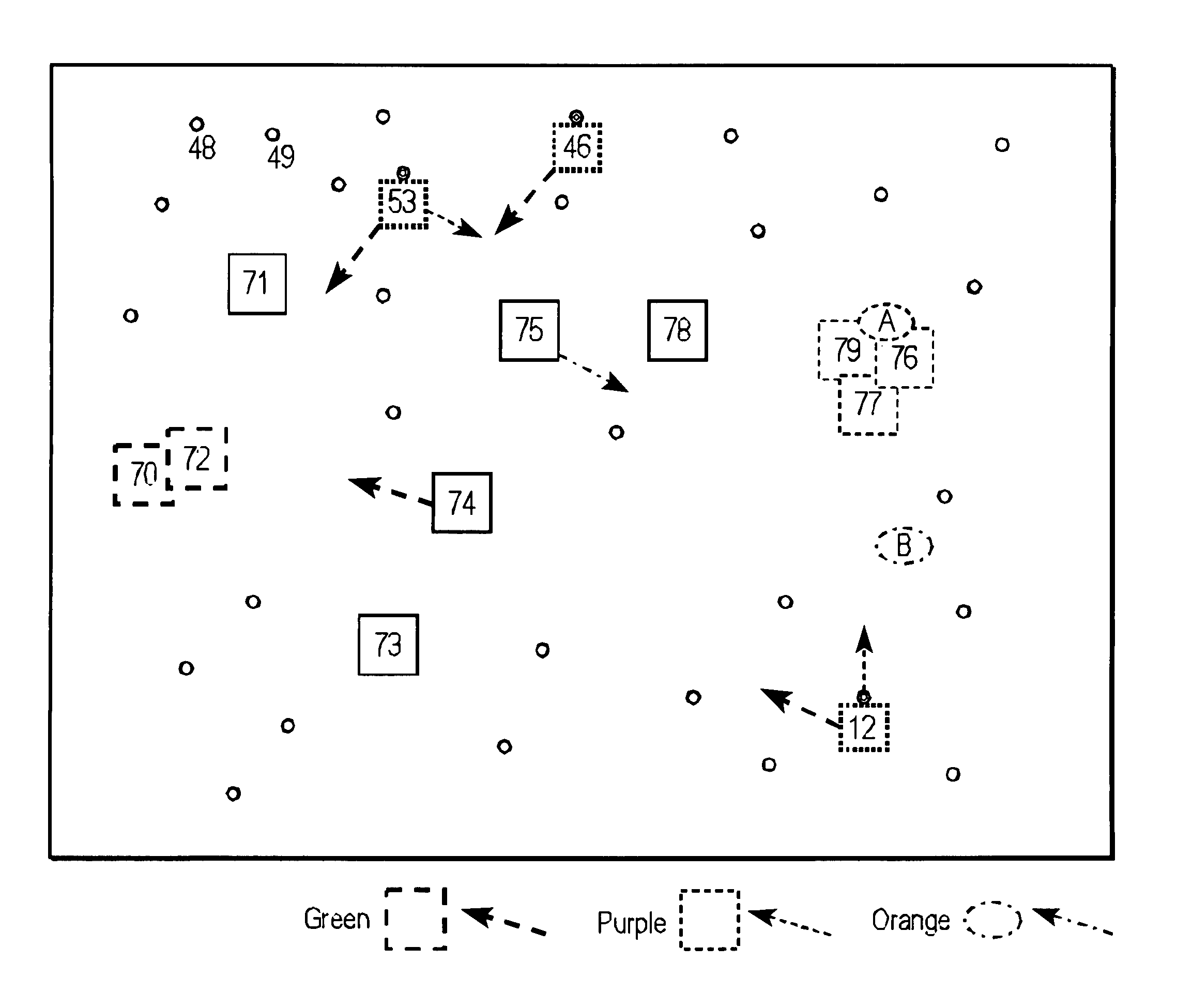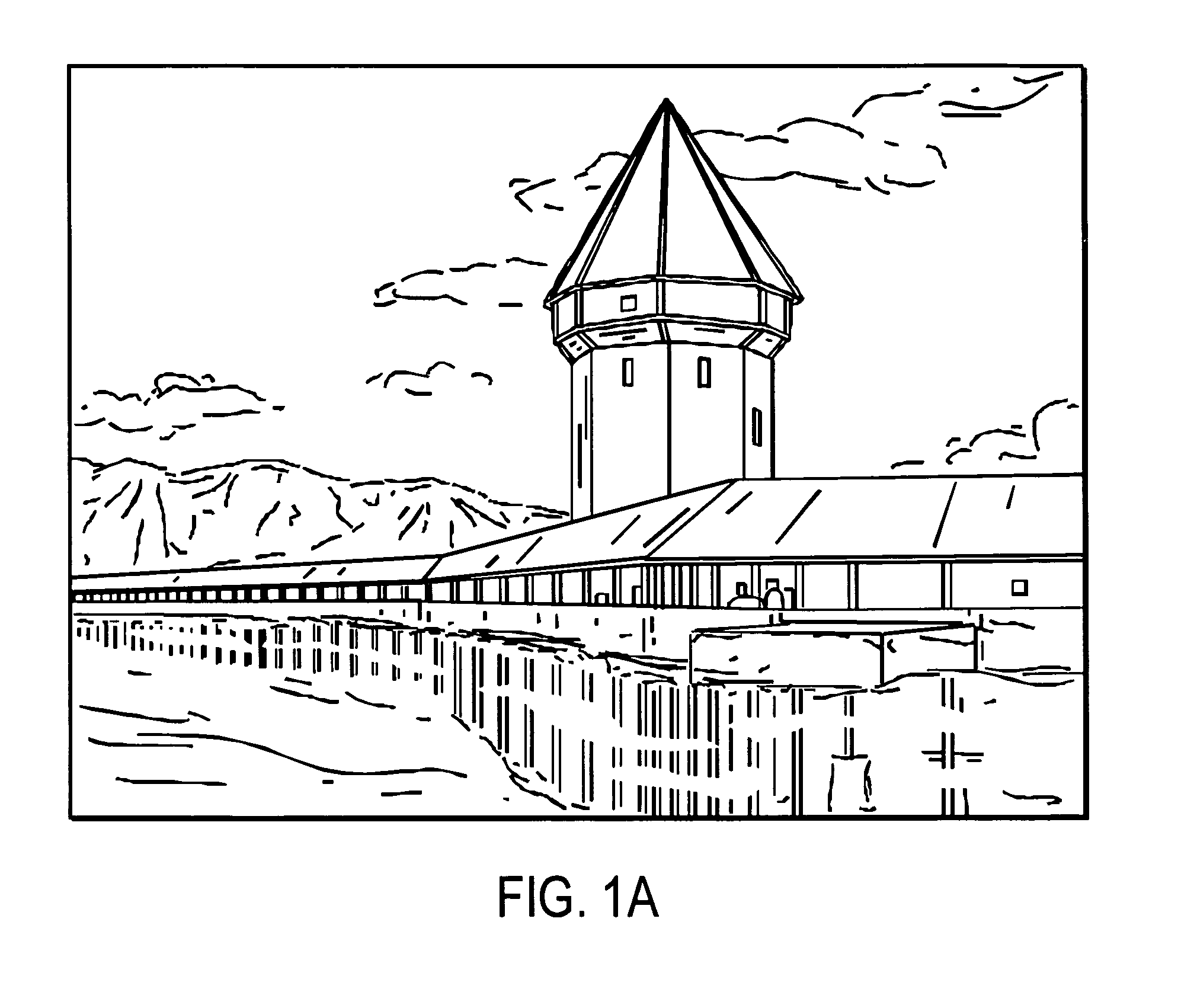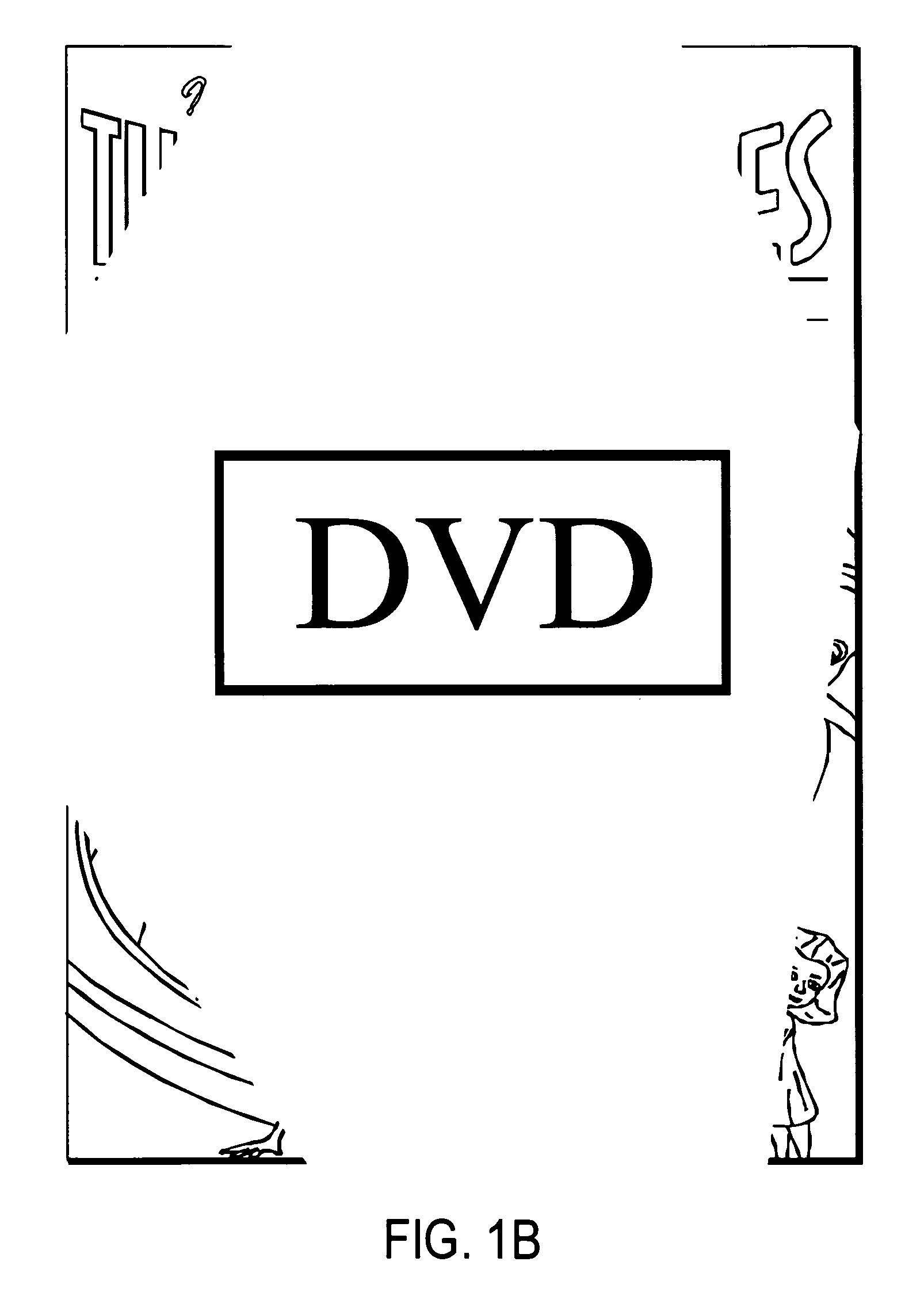Interactive techniques for organizing and retrieving thumbnails and notes on large displays
a technology of interactive techniques and thumbnails, applied in multimedia data retrieval, instruments, computing, etc., can solve problems such as difficulty in interpreting relevant clusters
- Summary
- Abstract
- Description
- Claims
- Application Information
AI Technical Summary
Benefits of technology
Problems solved by technology
Method used
Image
Examples
example 1
[0040]The first scenario is browsing photos on an electronic table. The premise is that in the near future, computers will not be confined to a desktop with a mouse-keyboard & windows graphical interface. This scenario is motivated by the fact that people browse photos in the big photo albums often found on coffee tables in living rooms.
[0041]Alice is sitting in the living room at her friend's house browsing a photo collection on an electronic coffee table. She begins by creating a query object (which looks like a label) and enters the word “TRAVEL”. The system performs the query on the photos metadata, and the most relevant photos are retrieved and displayed as thumbnails dispersed on the screen. Depending on the resolution of the screen, there is a limit on the number of thumbnails shown (say the top 100) She sees her friends grandson Bill in several pictures and moves them to a ‘group’ in an area of the table in front of her for better viewing.
[0042]This gr...
example 2
Sense-Making with Post-It Notes Scenario
[0049]There are many variations of using Post-it notes or note cards to collect data, and then manipulating the notes to make sense out of the data. The data is usually qualitative (e.g. ideas from a brainstorming meeting, observations from the field, etc.) Unlike quantitative data for which spreadsheet software with structured cells is suitable, qualitative data requires a freeform work surface supporting different kinds of manipulations. Two well-established methods are Affinity Diagrams and the KJ-Method (discussed above). The following scenario is based on the KJ-Method.
[0050]Akira, George, Sophia, and Steven are designing products and applications for a new gadget for showing video. They gather in a meeting room that has a very large display covering almost an entire wall. In the first part of the meeting, they brainstorm by creating virtual Post-it notes on the display, entering ideas about applications for the new video gadget, e.g.—“Us...
PUM
 Login to View More
Login to View More Abstract
Description
Claims
Application Information
 Login to View More
Login to View More - R&D
- Intellectual Property
- Life Sciences
- Materials
- Tech Scout
- Unparalleled Data Quality
- Higher Quality Content
- 60% Fewer Hallucinations
Browse by: Latest US Patents, China's latest patents, Technical Efficacy Thesaurus, Application Domain, Technology Topic, Popular Technical Reports.
© 2025 PatSnap. All rights reserved.Legal|Privacy policy|Modern Slavery Act Transparency Statement|Sitemap|About US| Contact US: help@patsnap.com



